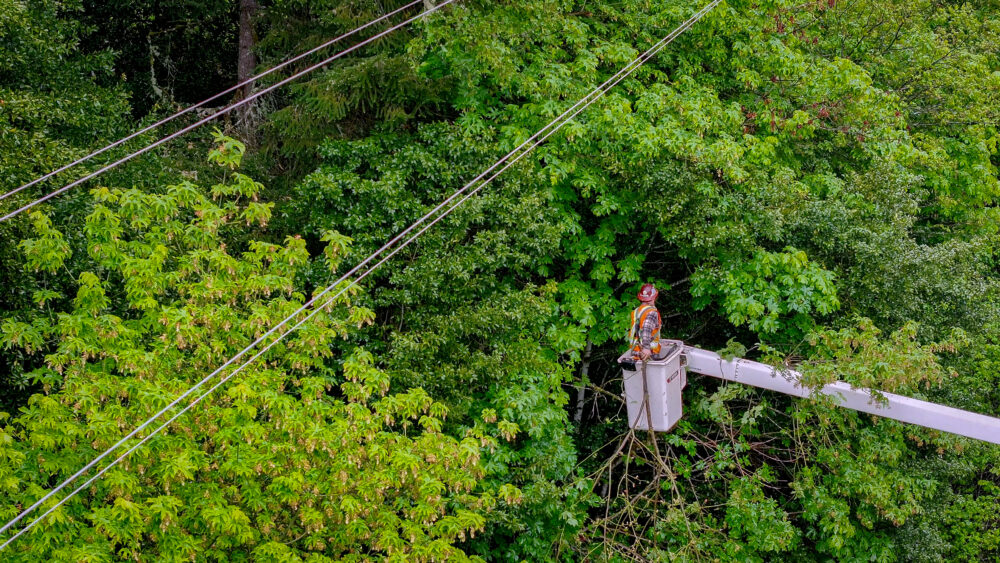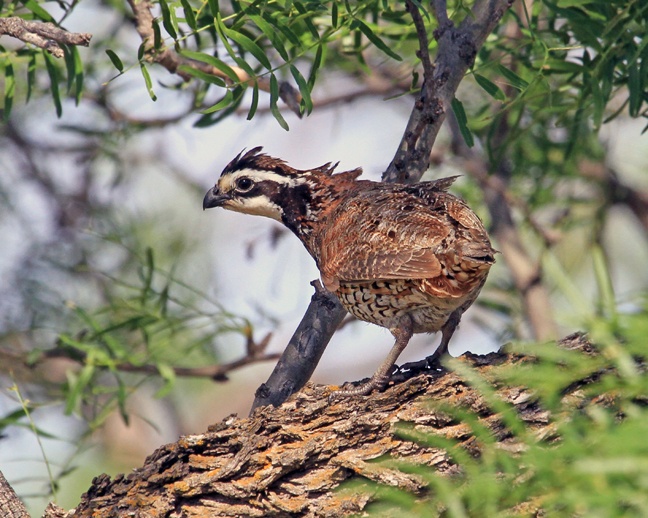We have much more to do and your continued support is needed now more than ever.
“An Environmental Disaster of Unimaginable Proportions”
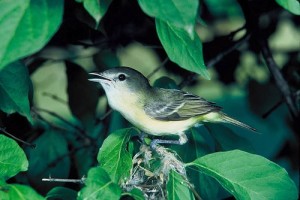
The EPA is currently in the final stages of approving a very problematic rule that would actually provide incentives for companies to plant certain invasive species. The rule would allow a plant called Arundo donax (also known as Giant Reed, Colorado River Reed, and Giant Cane), a known invasive species, to qualify as an “advanced biofuel feedstock” under the Renewable Fuel Standard. This means that producers would get money from the federal government for growing giant reed as a source to create biofuel.
Growing plants for energy can potentially be a cleaner and less harmful alternative to fossil fuels, but only if it is done responsibly. Planting a species that has been listed as one of the world’s 100 worst invasive species is not responsible.
What would the impacts of this rule be?
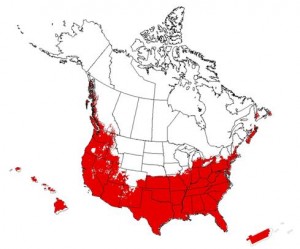
“If a species with such a well-documented track record of escape and negative impacts can be considered, then apparently no plant, no matter how invasive, will be off the table for future consideration. It certainly would set a terrible precedent.”
State and local groups across the country are particularly worried that if giant reed is planted on a large scale for biofuels, the results could be devastating:
“Should Arundo donax reach the Columbia River, an environmental disaster of unimaginable proportions would follow.” – The Native Plant Society of Oregon
“The large planting of invasive giant reed presents an incalculable risk to the people and ecosystems of Alabama. The potential for irreparable damage to the state’s natural ecosystems, which provide vital ecological services to the present and future citizens of Alabama, is great.” – The Alabama Invasive Plant Council
Read a letter signed by 100 local, state, regional, and national groups from across the country opposing the proposed rule.
What is Giant Reed?
Giant reed (Arundo donax), also known as giant cane, is a large, fast-growing grass that is native to India and can grow up to 30 feet tall. Because it grows very quickly and can get quite large, there has been a lot of interest in using giant reed to create biofuels, and companies in Oregon, Florida, and North Carolina have already planting it for this purpose. Unfortunately, the very same characteristics that make giant reed attractive as a biofuel crop make it a very highly invasive species.
Giant reed has been placed on noxious weed lists in Texas, California, Colorado, and Nevada and has been noted as either invasive or a serious risk in New Mexico, Alabama, and South Carolina. USDA, in their June 2012 weed risk assessment, concluded with very high certainty that giant reed is a high risk species, noting that it is a “highly invasive grass” and a “serious environmental weed.”
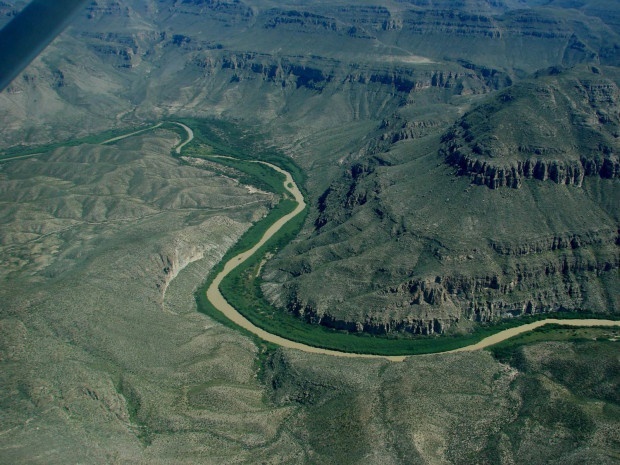
Once giant reed has taken hold, control is difficult and costly. In California, costs range between $5,000 and $17,000 per acre to eradicate the weed. Other estimates put that cost as high as $25,000 per acre.
Given the clear risks associated with growing giant reed for energy, the last thing we need is to be spending taxpayer-funded money encouraging producers to plant this stuff. There is still time for EPA to hit pause and fix the rule before finalizing it. If they do not, that $120 billion figure will only rise further.

